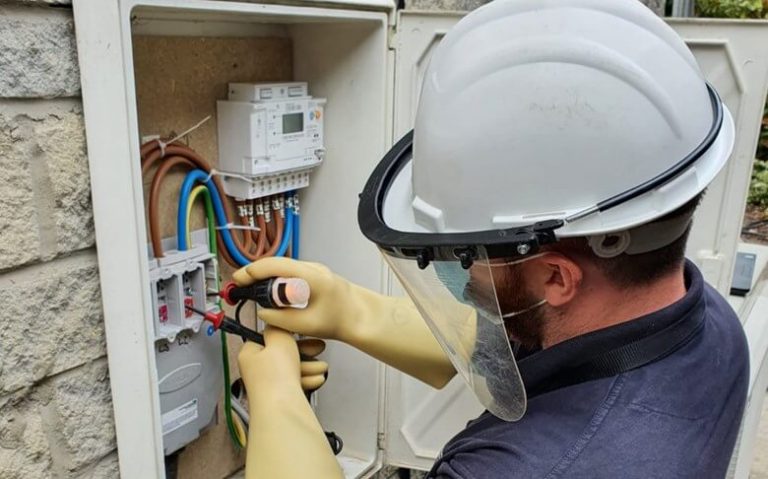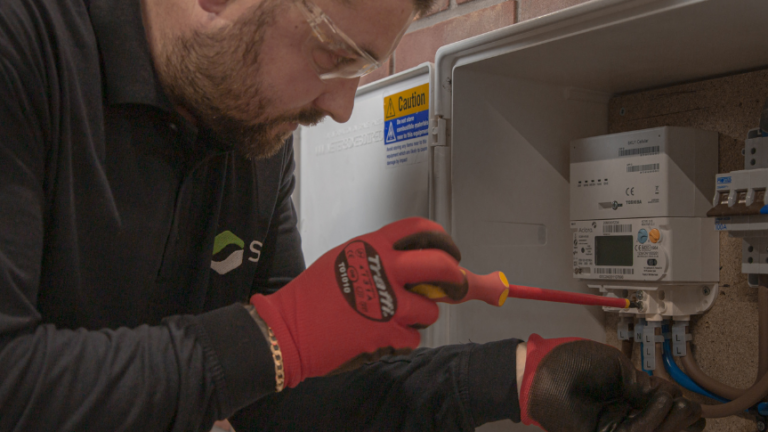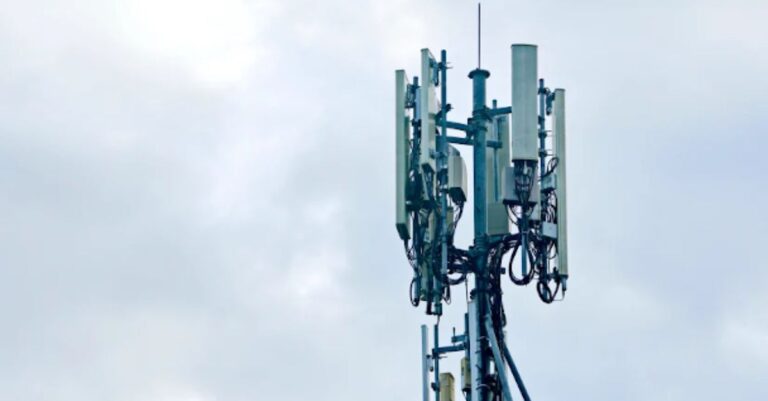Secure’s SMETS1 device model combination set for migration to DCC network

Marking a significant development for the UK smart meter implementation programme, the migration of the meter type will account for a portion of first generation SMETS1 meters yet to be moved over to the national communications network.
The UK Government has approved the addition of Middle Operating Capability (MOC) SMETS1 meter types manufactured by Secure to the Eligible Product Combination List (EPCL), paving way for the migration of these devices to the Data Communications Company (DCC) network.
Following the green light given by the Department of Business, Energy & Industrial Strategy (BEIS), this specific set of Secure SMETS1 devices can now be enrolled and adopted by DCC, ensuring their interoperability so that smart functionality can be retained when a customer switches energy supplier.
Aclara’s Initial Operating Capability (IOC) SMETS1 meter type was also ratified to be added to the EPCL, which is the list of device model combinations approved for enrolment and adoption as outlined by Britain’s Smart Energy Code.
The migration process of both these specific Secure and Aclara device model combinations (DMC) can now begin following final testing by energy suppliers and submission by the DCC.
Marking a potentially significant development for the UK’s smart meter implementation programme, the migration of these meters will account for a sizeable portion of first generation SMETS1 meters yet to be moved over to the national communications network (designed specifically for second generation SMETS2 meters). Secure meter types in particular account for approximately a third of the UK’s SMETS1 meter population.
There are approximately 14 million SMETS1 meters in Britain and hundreds of thousands of these have so far been migrated to the DCC’s interoperable network.
Why SMETS1 meters are being migrated
SMETS1 meters are being moved onto the DCC so that consumers regain and keep smart services if they switch supplier. Meters are being enrolled remotely, without consumers needing to take any action, and priority is being given to those which have temporarily lost smart functionality (and therefore operating in “traditional mode”).
Second generation meters, also called SMETS2, are connected to the DCC’s network from the point of installation, so are already compatible between energy suppliers and therefore do not need to be migrated. The numbers of these meters are growing quickly and at the time of writing there are currently 4.9 million connected to the DCC’s secure network. Once migrated SMETS1 meters will operate to the same standard as these newer smart meters.
You can find regular updates of the DCC’s enrolment and adoption process at its website, here.
For more insights on the smart meter industry and news on our other energy services, follow us on Linkedin.


